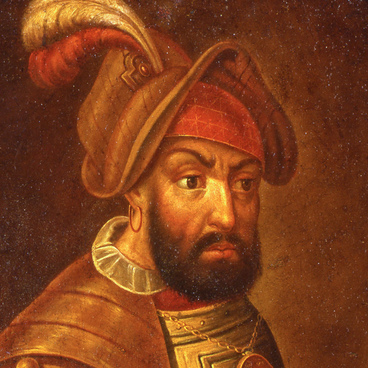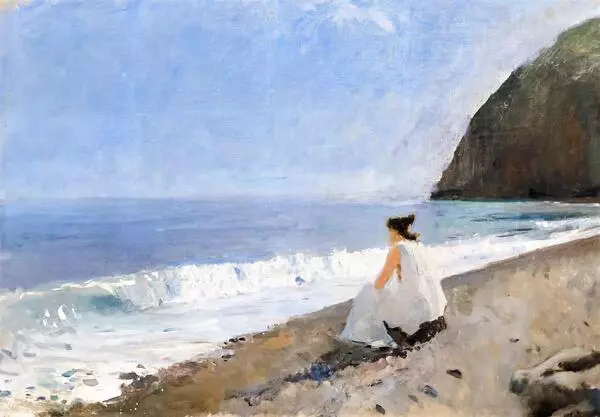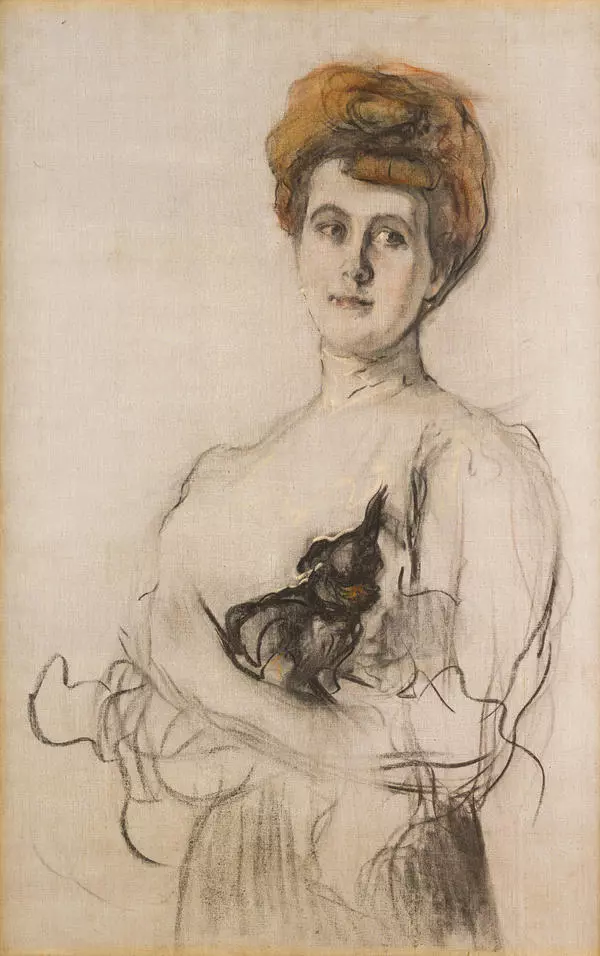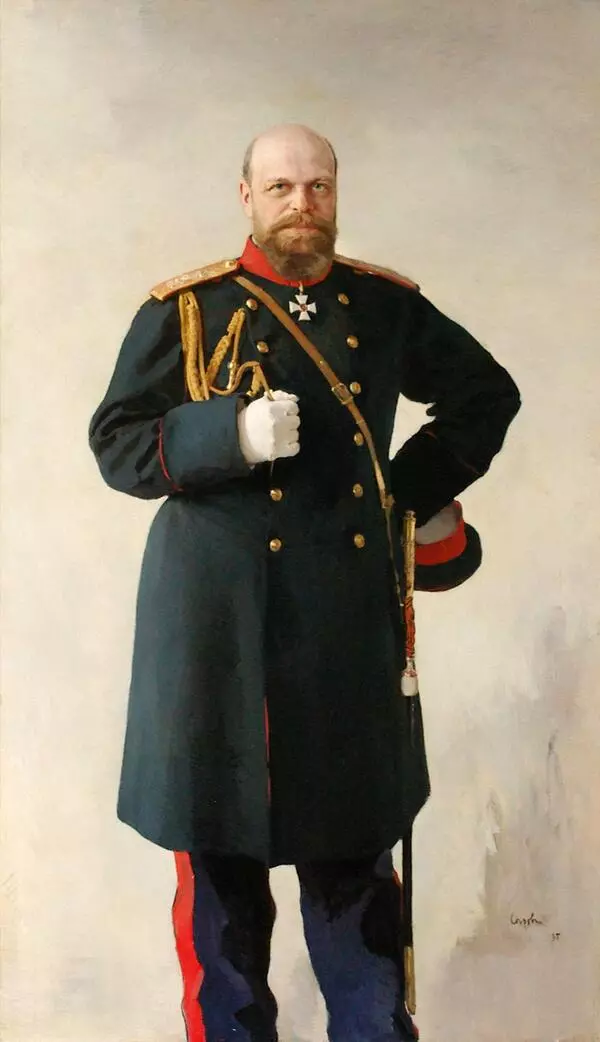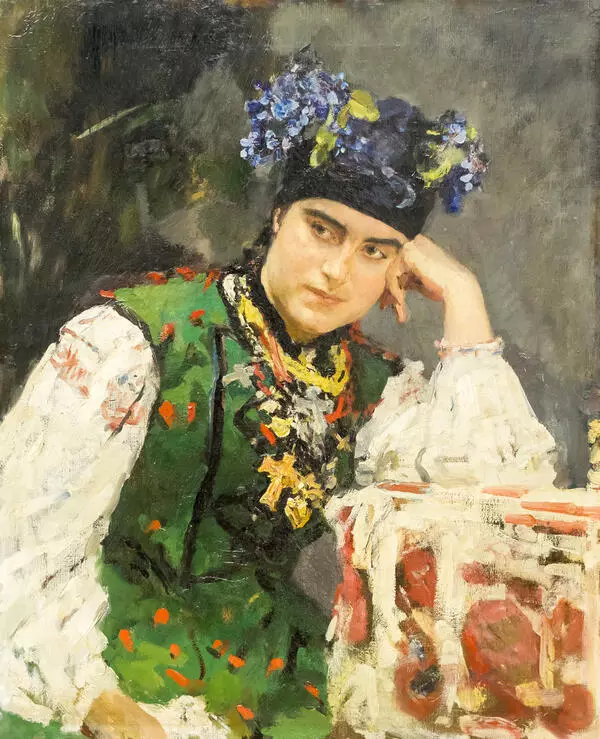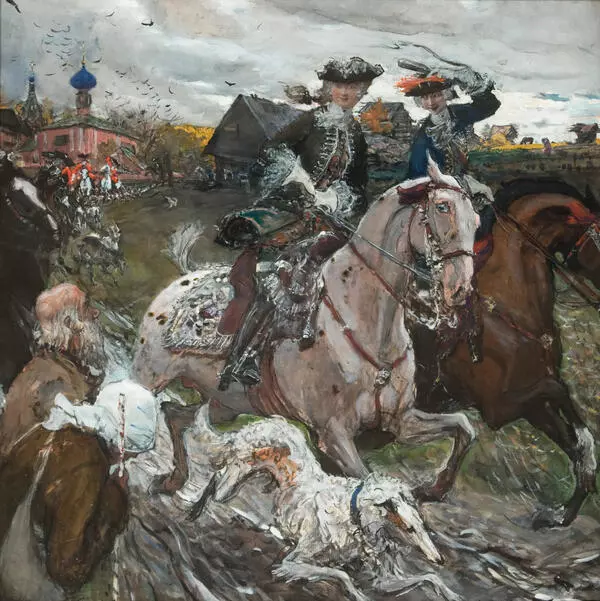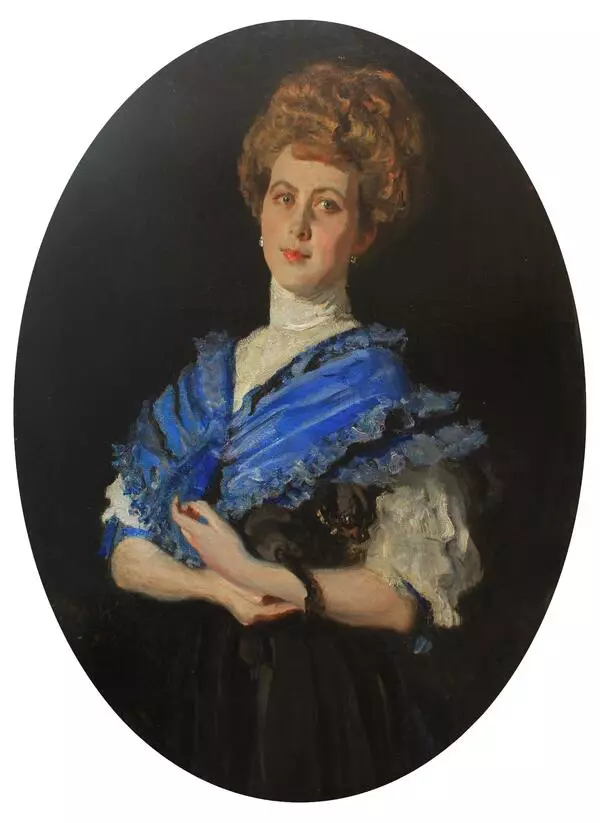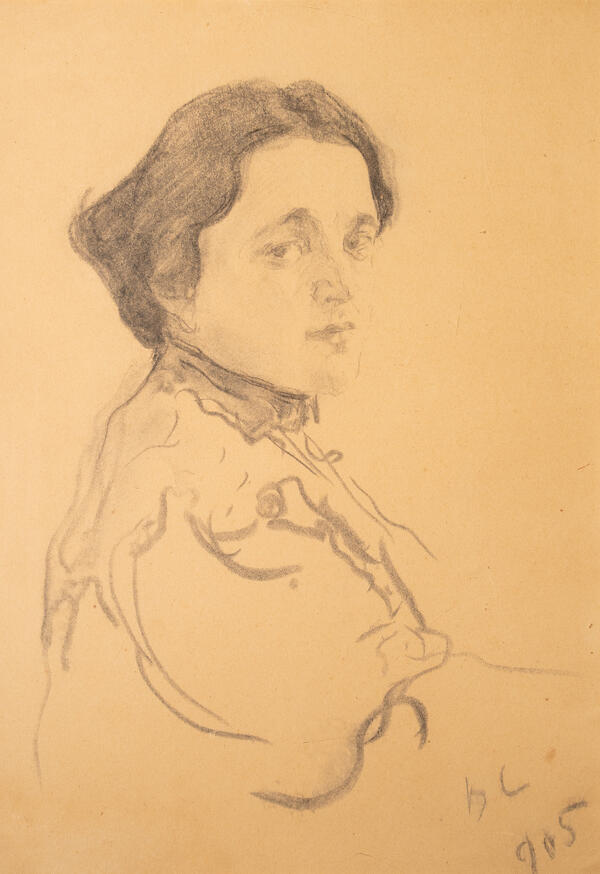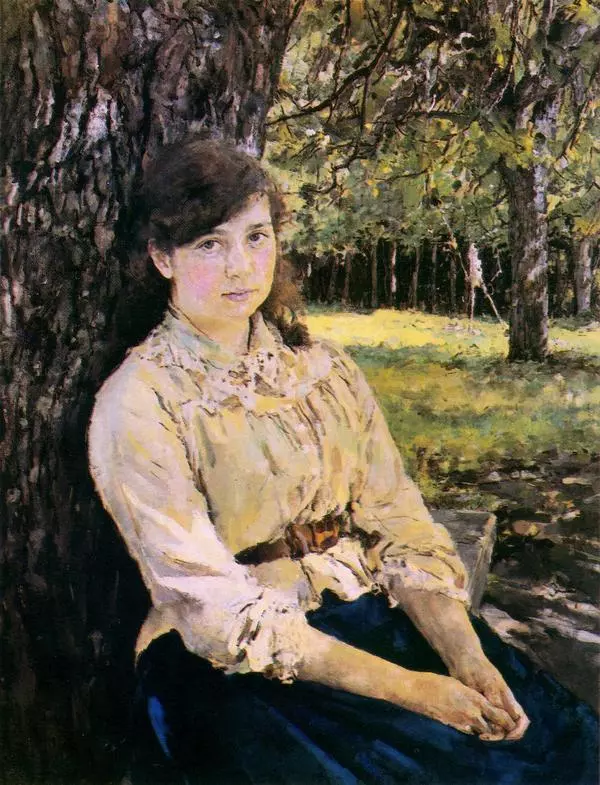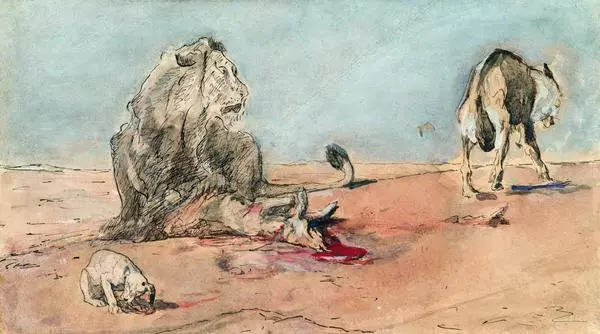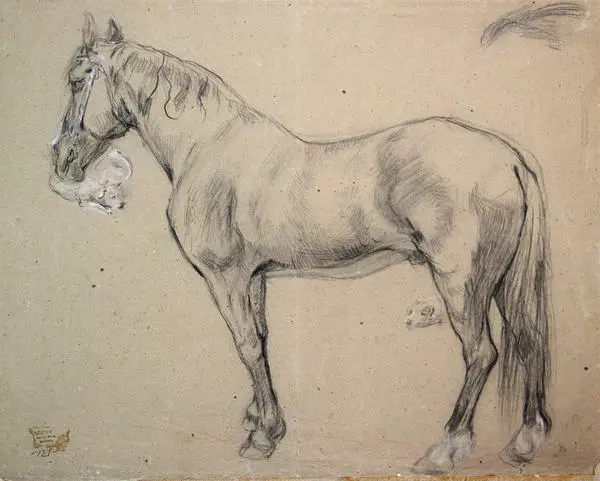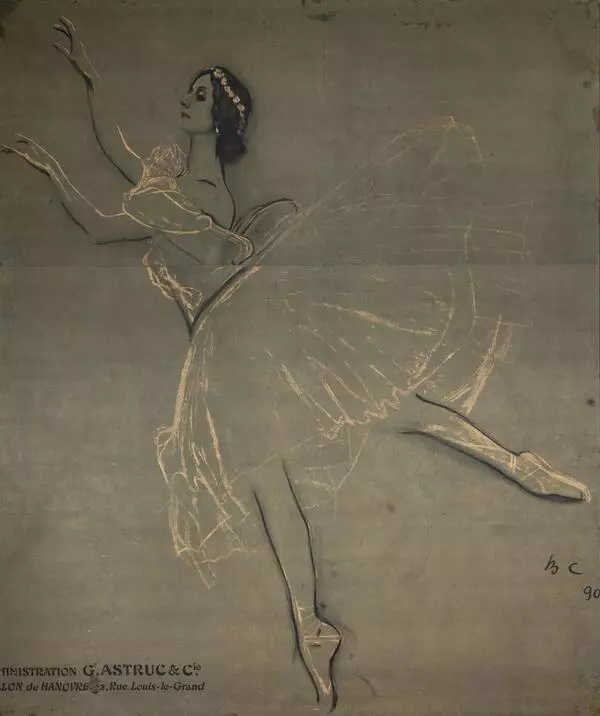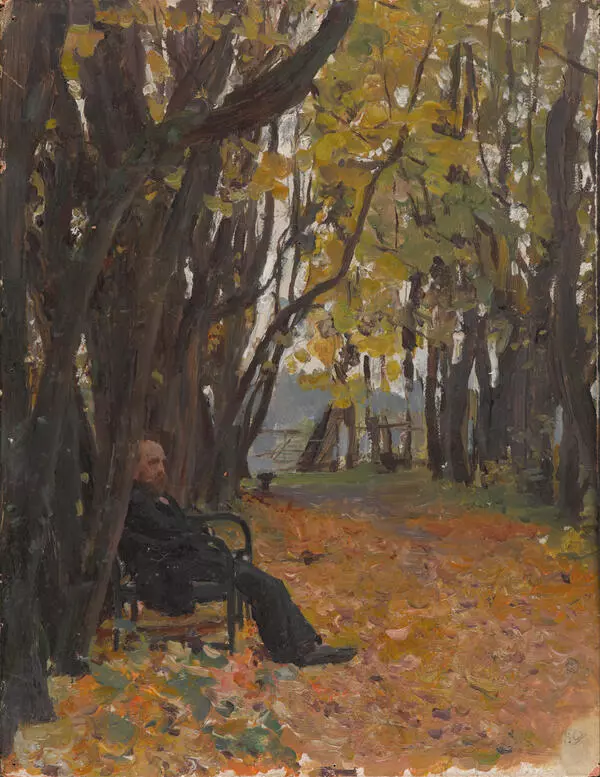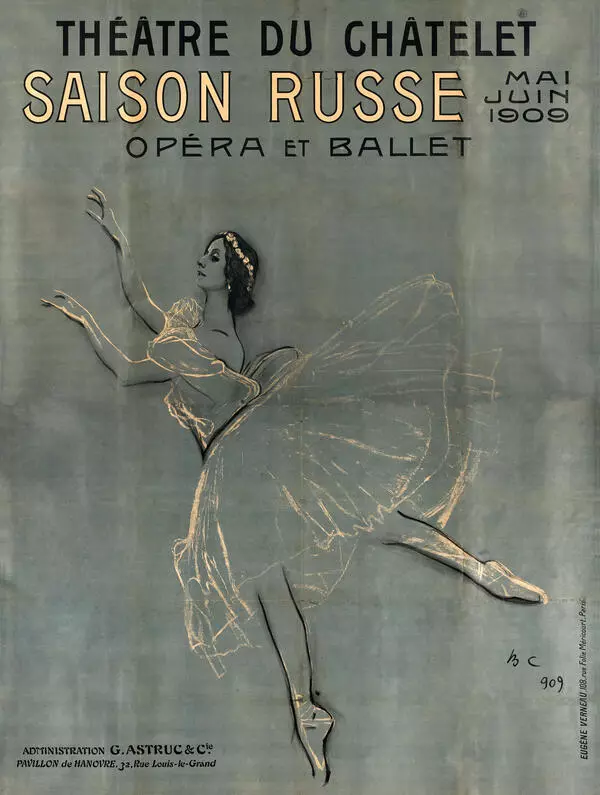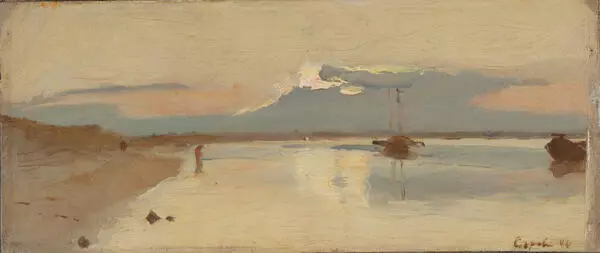The State Historical Museum houses a portrait of its cofounder — the historian and archaeologist Ivan Zabelin. Valentin Serov created the painting in 1892. The work was commissioned by Zabelin’s colleagues and admirers to mark the 50th anniversary of the scientist’s career.
Serov portrayed Zabelin sitting at a desk in the museum library. Behind him there are some old portraits and icons made up of two or more panels, each with a separate image.
Ivan Zabelin was born in 1820 in Tver. He received his education at the Moscow Preobrazhensky School, but a lack of money forced him to stop his studies. In 1837, the 17-year-old Zabelin started working at the Armory as a second-class clerk. There he met the historians Pavel Stroyev and Ivan Snegirev, began to study the early period of Russian history and soon wrote his first article based on archival documents. It described the pilgrimages of Russian tsars to the Trinity Lavra of St. Sergius. In 1842, “The Moscow Provincial Gazette” published an abridged version of the article. Five years later, the essay was enlarged and published in the collection “Readings of the Moscow Society of History and Antiquities.” After that, Zabelin was admitted as an associate member of the Society.
The future archaeologist was tutored by the scientist Timofey Granovsky and completed a history course. From 1848 he worked first as an assistant archivist, and then as an archivist in the Palace Office, which was part of the Ministry of the Imperial Court. From 1853 to 1854, Zabelin also taught history at the Konstantinovsky Land Survey Institute.
In 1859, the scientist and philanthropist Sergei Stroganov invited Ivan Zabelin to join the Imperial Archaeological Commission and sent him on an expedition to explore burial mounds in the Yekaterinoslav governorate and on the Taman Peninsula. Zabelin described the results in “The Antiquities of Herodotus’s Scythia” and the reports of the Archaeological Commission.
Ivan Zabelin had served in the Imperial Archaeological Commission for 17 years and retired in 1876. Three years later, he was elected chairman of the Moscow Society of History and Antiquities. Later he became Deputy Chairman of the Imperial Russian Historical Museum named after Emperor Alexander III.
Serov portrayed Zabelin sitting at a desk in the museum library. Behind him there are some old portraits and icons made up of two or more panels, each with a separate image.
Ivan Zabelin was born in 1820 in Tver. He received his education at the Moscow Preobrazhensky School, but a lack of money forced him to stop his studies. In 1837, the 17-year-old Zabelin started working at the Armory as a second-class clerk. There he met the historians Pavel Stroyev and Ivan Snegirev, began to study the early period of Russian history and soon wrote his first article based on archival documents. It described the pilgrimages of Russian tsars to the Trinity Lavra of St. Sergius. In 1842, “The Moscow Provincial Gazette” published an abridged version of the article. Five years later, the essay was enlarged and published in the collection “Readings of the Moscow Society of History and Antiquities.” After that, Zabelin was admitted as an associate member of the Society.
The future archaeologist was tutored by the scientist Timofey Granovsky and completed a history course. From 1848 he worked first as an assistant archivist, and then as an archivist in the Palace Office, which was part of the Ministry of the Imperial Court. From 1853 to 1854, Zabelin also taught history at the Konstantinovsky Land Survey Institute.
In 1859, the scientist and philanthropist Sergei Stroganov invited Ivan Zabelin to join the Imperial Archaeological Commission and sent him on an expedition to explore burial mounds in the Yekaterinoslav governorate and on the Taman Peninsula. Zabelin described the results in “The Antiquities of Herodotus’s Scythia” and the reports of the Archaeological Commission.
Ivan Zabelin had served in the Imperial Archaeological Commission for 17 years and retired in 1876. Three years later, he was elected chairman of the Moscow Society of History and Antiquities. Later he became Deputy Chairman of the Imperial Russian Historical Museum named after Emperor Alexander III.



